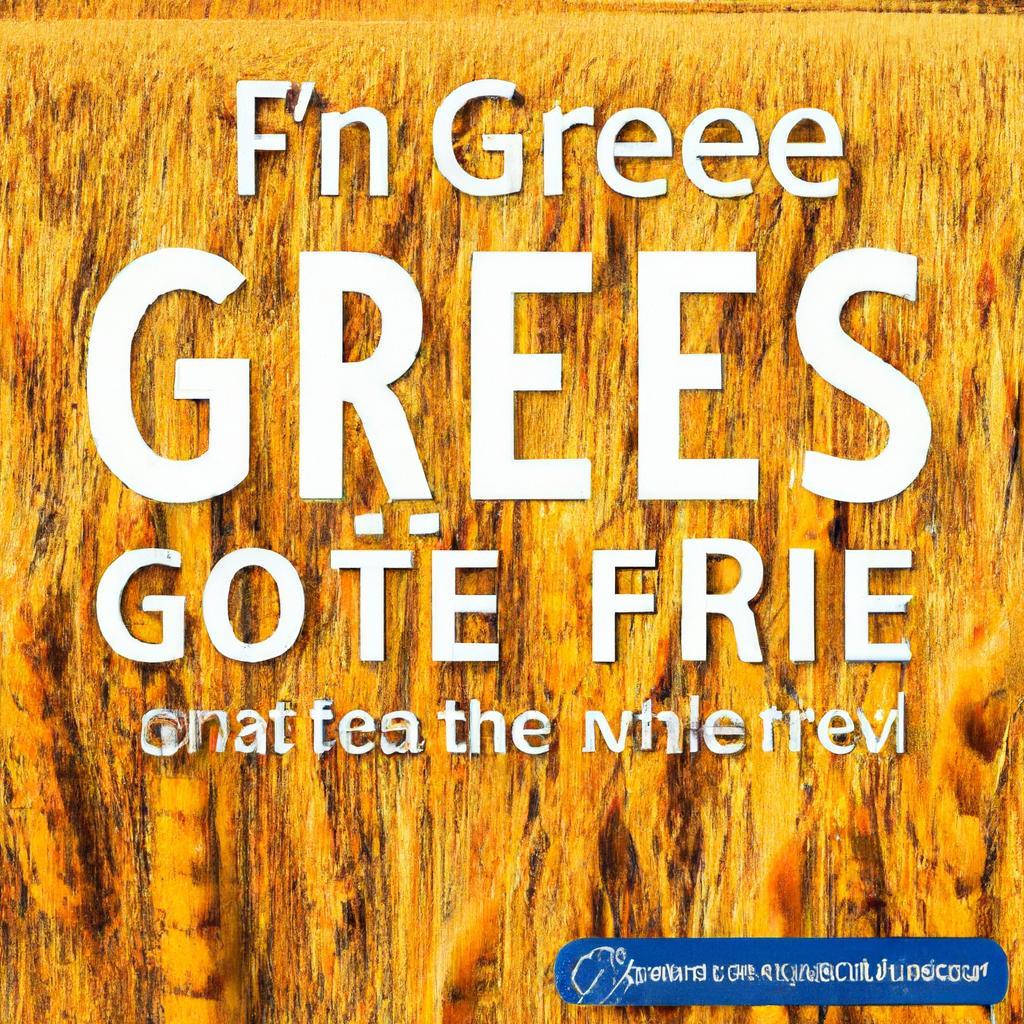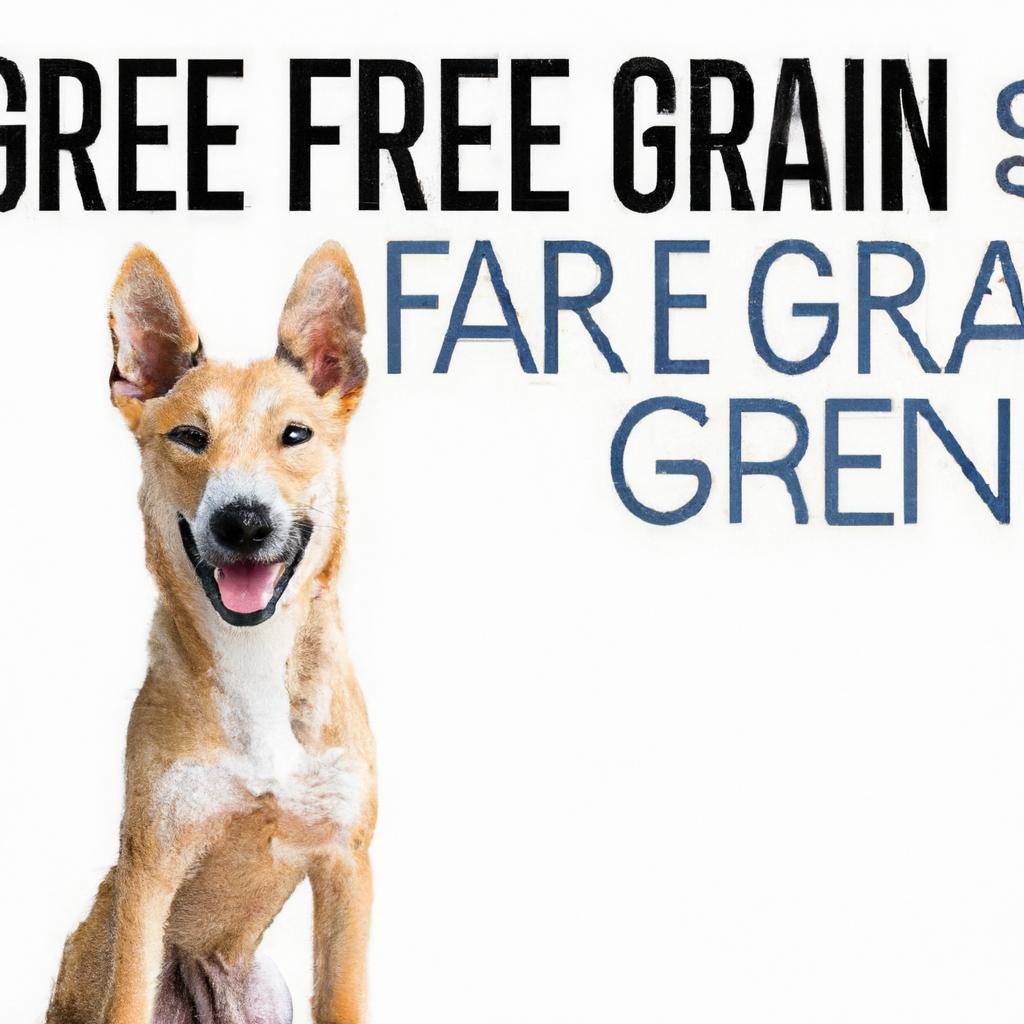When Sarah adopted Max, her sensitive rescue pup, she faced a dilemma: should she choose grain-free or limited ingredient dog food? After some research, she discovered that grain-free food eliminates grains like wheat and corn, catering to dogs with specific allergies. In contrast, limited ingredient diets focus on fewer components making it easier to identify potential allergens. For Max, a limited ingredient diet proved ideal, providing balanced nutrition without overwhelming his system. Choose wisely for your furry friend’s health!
Contents
- Understanding the Core Concepts of Grain Free and Limited Ingredient Dog Food
- Nutritional Benefits and Considerations for Your Dogs Health
- Identifying the Right Choice for Your Dogs Unique Dietary Needs
- Expert Recommendations for Transitioning to Grain Free or Limited Ingredient Diets
- Q&A
Understanding the Core Concepts of Grain Free and Limited Ingredient Dog Food
When exploring dog food options, it’s essential to grasp the fundamental differences between grain-free and limited ingredient diets. **Grain-free dog food** eliminates all grains, such as wheat, corn, and rice, focusing instead on alternative carbohydrate sources like sweet potatoes, peas, or lentils. This type of diet is often favored by pet owners concerned about potential grain allergies or sensitivities in their dogs. By removing grains, these formulas aim to provide a more digestible and nutrient-rich meal that can enhance overall health and vitality.
On the other hand, **limited ingredient dog food** is designed with a more focused approach, featuring a smaller number of ingredients to minimize the risk of food allergies and intolerances. This type of diet typically includes a single source of protein and a limited number of carbohydrates and fats. The primary goal is to simplify the ingredient list, making it easier for pet owners to identify and avoid specific allergens. This can be particularly beneficial for dogs with known sensitivities or those undergoing elimination diets.
Both grain-free and limited ingredient options can be beneficial, but they serve different purposes. **Grain-free diets** are ideal for dogs that thrive on high-protein, low-carb meals, while **limited ingredient diets** cater to those needing a more controlled and simplified nutritional profile. Understanding your dog’s specific needs is crucial in determining which diet may be more suitable. Consulting with a veterinarian can provide valuable insights tailored to your pet’s health requirements.
Ultimately, the choice between grain-free and limited ingredient dog food should be guided by your dog’s individual health status, dietary preferences, and any existing food sensitivities. By carefully evaluating the ingredients and nutritional benefits of each option, you can make an informed decision that supports your dog’s well-being. Prioritizing high-quality ingredients and balanced nutrition will ensure your furry friend enjoys a healthy, happy life.
Nutritional Benefits and Considerations for Your Dogs Health
When considering your dog’s diet, understanding the nutritional benefits of grain-free and limited ingredient dog foods is essential for promoting optimal health. Grain-free options often focus on high-quality protein sources, which can support muscle development and overall vitality. These diets typically include ingredients like chicken, beef, or fish, providing essential amino acids that contribute to your dog’s energy levels and immune function.
On the other hand, limited ingredient diets are designed to minimize the number of components in your dog’s food, making them ideal for pets with food sensitivities or allergies. By using a select few ingredients, these diets can help identify and eliminate potential allergens, leading to improved digestive health and reduced skin irritations. Common ingredients in limited ingredient foods include sweet potatoes, peas, and specific protein sources, which can be easier on your dog’s stomach.
Both grain-free and limited ingredient diets can offer significant benefits, but it’s crucial to consider your dog’s individual needs. For instance, dogs with certain health conditions, such as pancreatitis, may thrive on a limited ingredient diet that avoids high-fat ingredients. Conversely, active dogs may benefit from the higher protein content found in grain-free options, which can provide the energy necessary for their lifestyle.
Ultimately, the choice between grain-free and limited ingredient dog food should be guided by your dog’s health requirements and dietary preferences. Consulting with a veterinarian can help you make an informed decision, ensuring that your furry friend receives the right balance of nutrients. By prioritizing your dog’s nutritional needs, you can enhance their quality of life and longevity.
Identifying the Right Choice for Your Dogs Unique Dietary Needs
When it comes to selecting the best food for your dog, understanding their unique dietary needs is crucial. Each dog is different, and factors such as age, breed, health conditions, and activity level can significantly influence their nutritional requirements. This is where the distinction between grain-free and limited ingredient dog food becomes essential. By recognizing the specific needs of your furry friend, you can make an informed decision that promotes their overall health and well-being.
Grain-free dog food is designed for pets that may have sensitivities or allergies to grains like wheat, corn, or soy. This type of diet typically includes alternative carbohydrate sources such as sweet potatoes, peas, or lentils. **Benefits of grain-free diets include**:
- Reduced risk of allergic reactions
- Improved digestion
- Enhanced energy levels
However, it’s essential to consult with your veterinarian before making the switch, as not all dogs require a grain-free diet, and some may thrive on traditional formulations.
On the other hand, limited ingredient dog food focuses on using a minimal number of ingredients to reduce the risk of food sensitivities. This approach is particularly beneficial for dogs with known allergies or those that experience gastrointestinal issues. **Key advantages of limited ingredient diets include**:
- Simplified ingredient lists for easier identification of allergens
- Targeted nutrition tailored to specific health concerns
- Less likelihood of digestive upset
By limiting the number of ingredients, pet owners can better monitor their dog’s reactions to specific components, making it easier to pinpoint any problematic foods.
Ultimately, the right choice for your dog will depend on their individual health profile and dietary preferences. It’s vital to assess their specific needs and consult with a veterinarian to determine whether a grain-free or limited ingredient diet is more suitable. By prioritizing your dog’s unique dietary requirements, you can ensure they receive the nutrition they need to lead a happy and healthy life.
Expert Recommendations for Transitioning to Grain Free or Limited Ingredient Diets
Transitioning your dog to a grain-free or limited ingredient diet can be a significant change, and it’s essential to approach this process thoughtfully. **Consult with your veterinarian** before making any dietary changes, especially if your dog has existing health issues or food sensitivities. A professional can help you determine the best course of action tailored to your dog’s specific needs.
When making the switch, **gradual introduction** is key. Start by mixing a small amount of the new food with your dog’s current diet, gradually increasing the proportion of the new food over a week or two. This slow transition helps to minimize digestive upset and allows your dog’s system to adjust to the new ingredients. Monitor your dog closely for any signs of discomfort or allergies, such as itching, gastrointestinal upset, or changes in behavior.
Choosing high-quality brands is crucial. Look for products that list **real meat** as the first ingredient and avoid those with fillers or artificial additives. Research brands that specialize in grain-free or limited ingredient diets, as they often have a better understanding of the nutritional needs of dogs on these diets. Reading reviews and seeking recommendations from other pet owners can also guide you in selecting the right food.
Lastly, keep in mind that every dog is unique. **Observe your dog’s response** to the new diet closely. Look for improvements in coat condition, energy levels, and overall health. If you notice any adverse reactions or if your dog doesn’t seem to thrive on the new diet, don’t hesitate to consult your veterinarian again. They can help you adjust the diet or explore alternative options that may be more suitable for your furry friend.
Q&A
-
What is grain-free dog food?
Grain-free dog food is formulated without traditional grains such as wheat, corn, and soy. Instead, it often includes alternative carbohydrate sources like sweet potatoes, peas, or lentils. This type of diet is designed for dogs that may have sensitivities or allergies to grains, promoting better digestion and overall health.
-
What is limited ingredient dog food?
Limited ingredient dog food contains fewer ingredients, focusing on a single protein source and a limited number of other components. This diet is ideal for dogs with food sensitivities or allergies, as it minimizes the risk of adverse reactions while still providing essential nutrients.
-
Can grain-free dog food be considered limited ingredient?
Not necessarily. While some grain-free dog foods may also be limited in ingredients, many grain-free options contain a variety of proteins and carbohydrates. It’s essential to read labels carefully to determine if a grain-free product meets the criteria for limited ingredients.
-
Which option is better for my dog?
The best choice depends on your dog’s specific needs. If your dog has grain allergies, grain-free food may be beneficial. However, if your dog has multiple food sensitivities, limited ingredient food may be the better option. Always consult with your veterinarian to determine the most suitable diet for your furry friend.
understanding the differences between grain-free and limited ingredient dog food is essential for making informed choices for your pet’s health. Prioritize their well-being by selecting the right diet tailored to their unique needs. Choose wisely!

大家好,我是彼得潘,專業的手法身體治療師。我喜歡探索和研究各種主題,並透過與人工智慧的合作分享專業、實用、有趣的文章。我們定期進行人工審核,以確保內容的準確性。如果您發現文章中有任何不準確的地方,請隨時與我們聯繫,我們會及時糾正。您可以透過 [email protected] 與我們聯繫。



